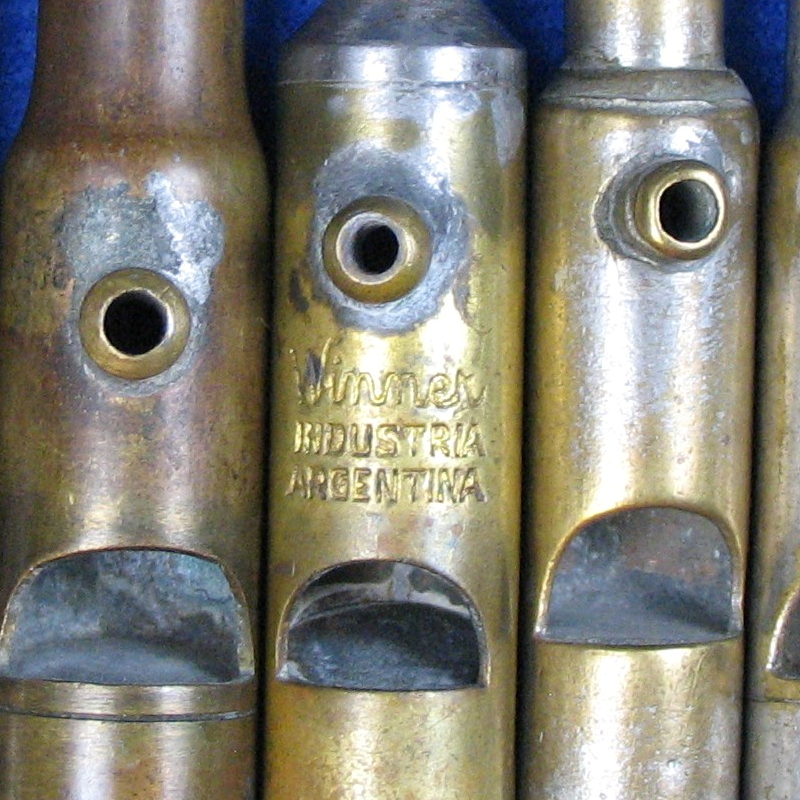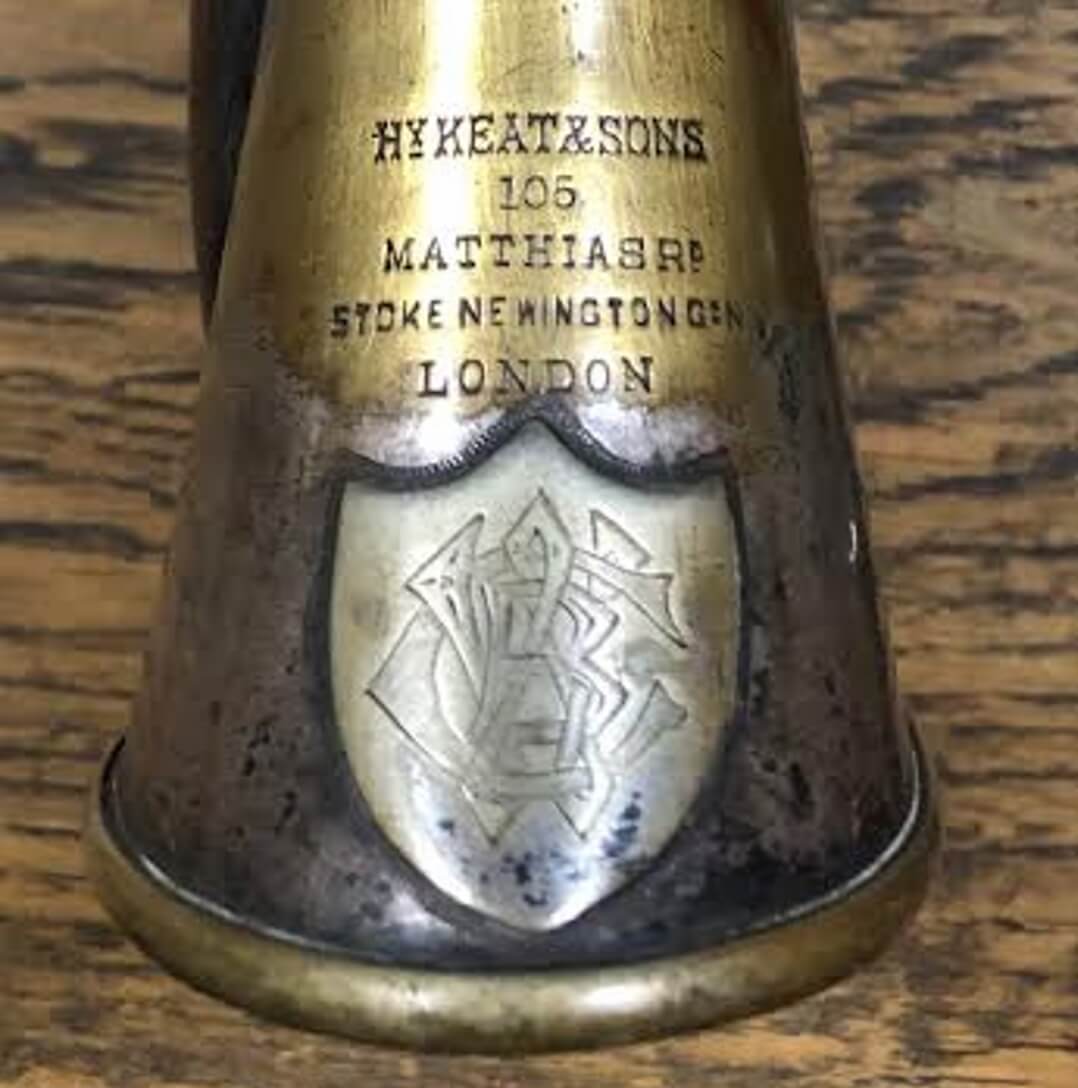Spotlight > By Whistle Category > Escargot Whistle Categories / Skeleton Whistle Categories > 012 Skeleton Whistles
Whistory
A delightful category of whistles are skeleton whistles. Called that because of the obvious. Yes, they are just the frame of a whistle and need to have the sides finished — when you press your fingers to each side, thereby completing the ‘body’ you are able to make the whistle actually whistle.
Where Do Skeleton Whistles Rank in Size and Distribution?
Typically, skeletons are on the smaller size. Perhaps due to being marketed towards women and children with smaller fingers. Most of what we have seen of quality is done by silversmiths from the UK back into the mid 1800s to late 1800s. They are found presently from the UK, France and the USA.
Early ones can be found with lozenge stamps from the UK. These most certainly were decoratively aimed at the lady’s market. Small, petite and fragile, they would have hung from a neck chain.
French examples are more sturdy or even closer to an escargot, thicker plated brass.
Dating Skeleton Whistles
Circa 1900, although silversmiths continued to make skeleton whistles, they became a little bulkier. There were fewer and heavier silver and less details. At the same time steel skeletons surfaced, used primarily for advertising.
Post 1900, they transitioned into more of a novelty toy or advertising tool. After the turn of the century in 1900 they were made with less and less quality and mainly are now seen as ‘tin’, an exception being the Disney skeletons from the USA made of aluminum with Disney characters stamped on top.
During this time tin litho arose for the children’s market.
We have seen them manufactured from silver, steel, — thicker steel and thinner steel ( mistakenly called ‘tin’ ) and as litho advertising whistles – even copper. In the USA BGI made a model of thicker steel. Many were made with lithograph artwork and even Disney skeleton whistles are seen commonly for sale with Disney figures on them. Crackerjack skeletons are always around for nominal prices.
Whistle Classification
| Category | skeleton |
| Order | BGI Blankenese W.H.H. Mergott Disney Crackerjack W.G. unknown |
| Type | ladies ornament advertisement |
| Class | silver steel tin aluminum |
| Sub Class | ornamental tube mouthpiece |
Whistle Archeology
No patent documents are known for skeleton whistles.
Catalogs Versus Patent Documents are Scanty for Skeleton Whistles
Pictured is a sporting catalog from the USA that advertises BGI whistles and captions a ‘star’ pattern. We found a diamond pattern, but no star yet. It is heavier gauge steel and can now date back to at least 1886.
Notable is that it is made of steel and a breakaway from silver crafted UK designs.
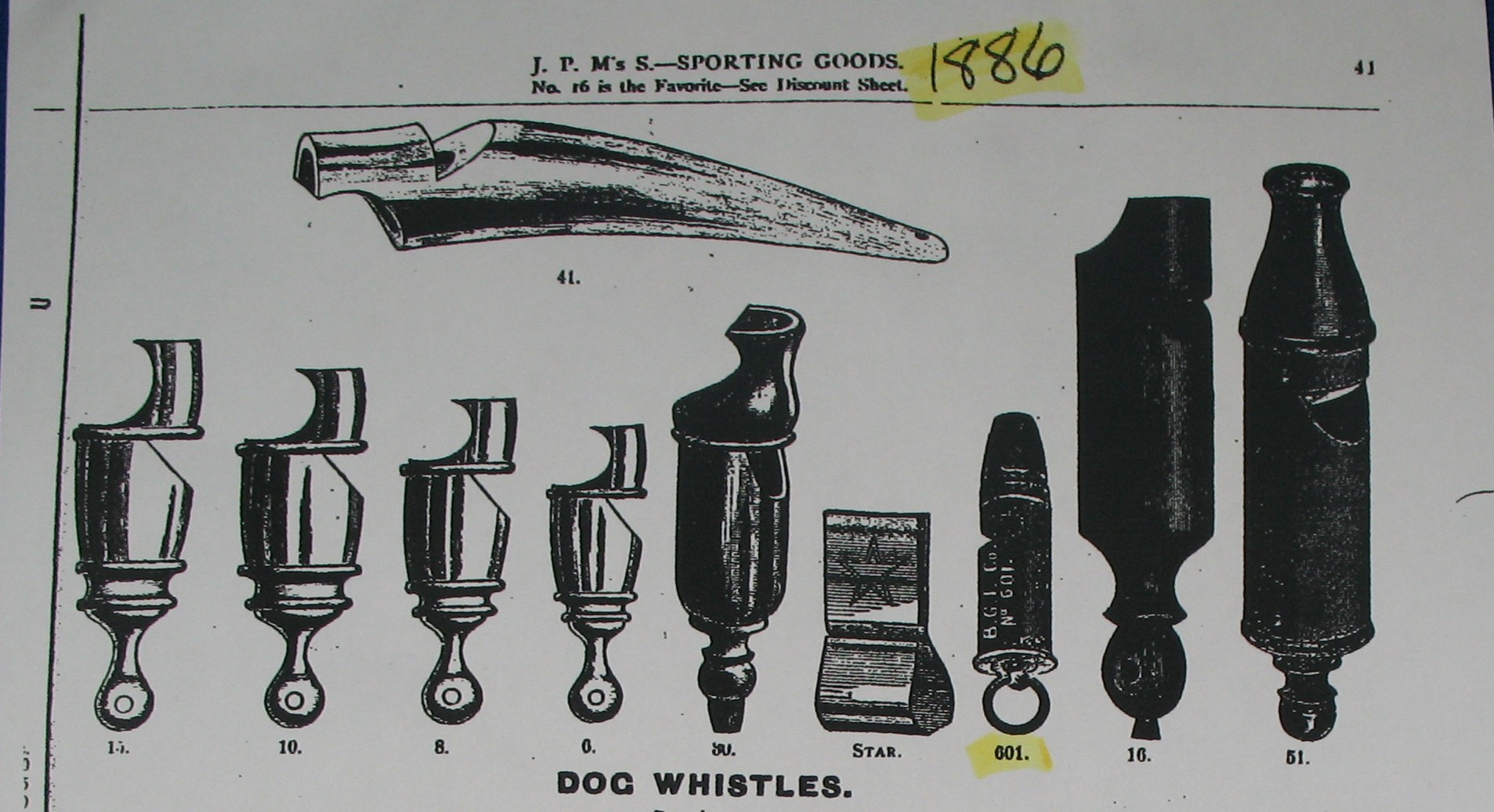
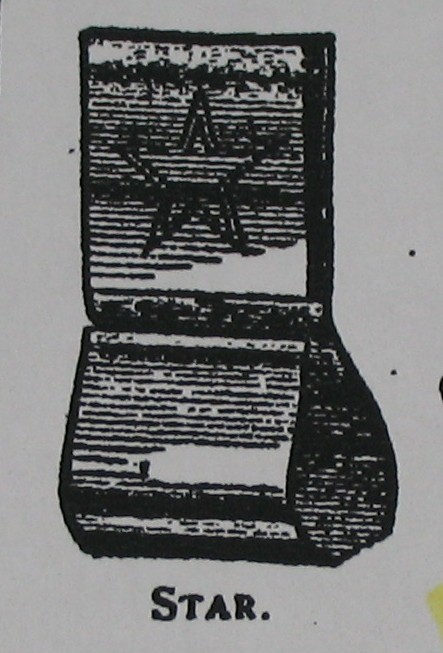
Whistology
BGI steel example circa 1890s.
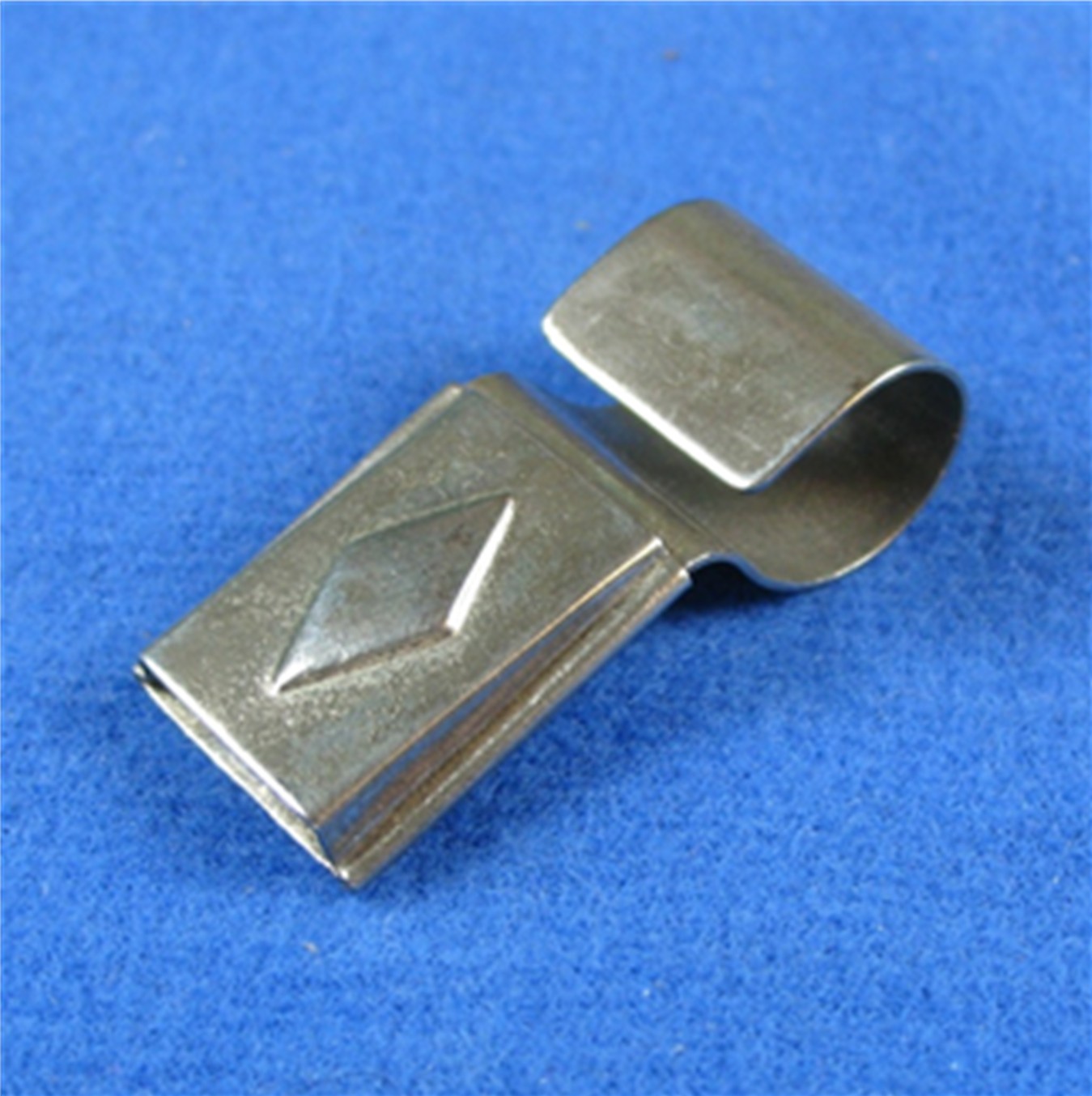
Earlier examples are from the UK as early as mid-century with lozenges and/or hallmarks.
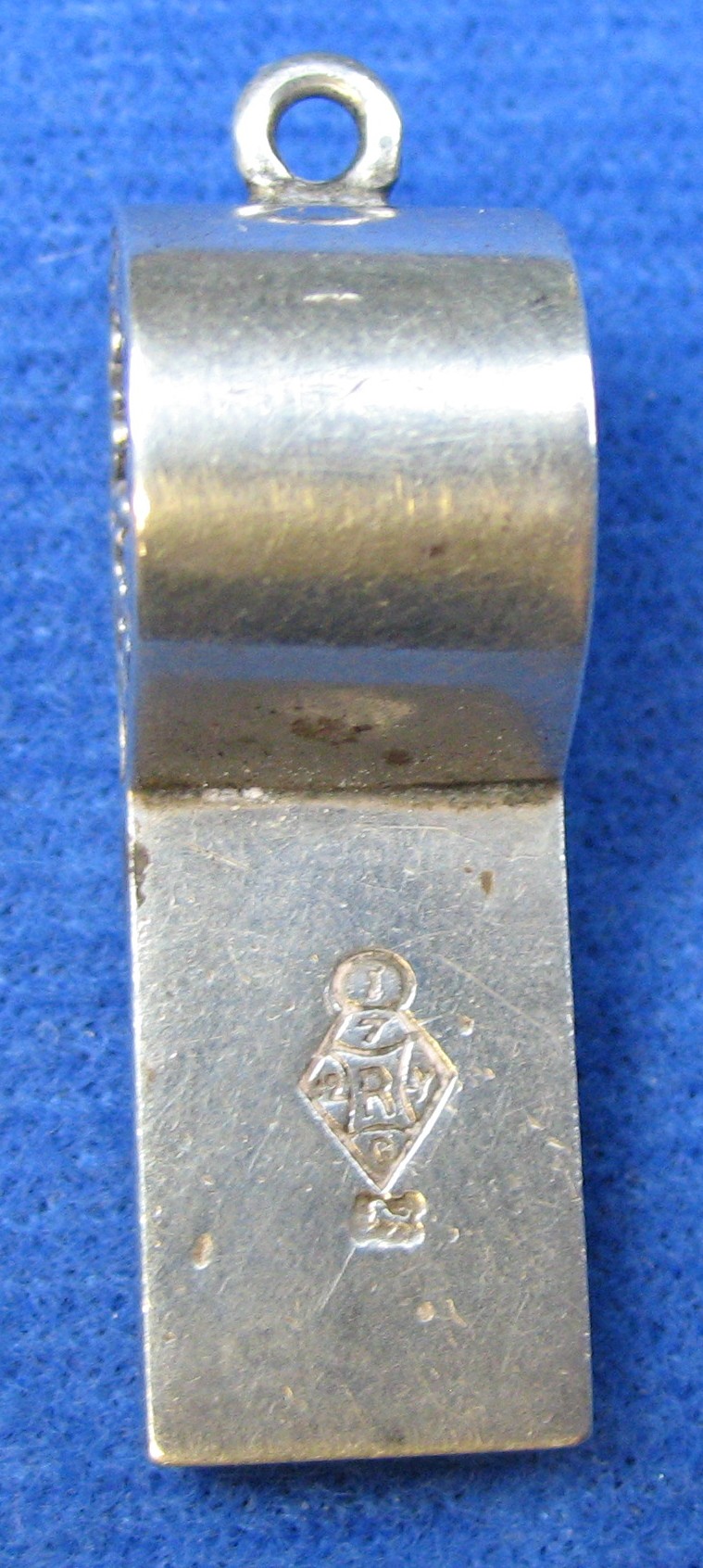
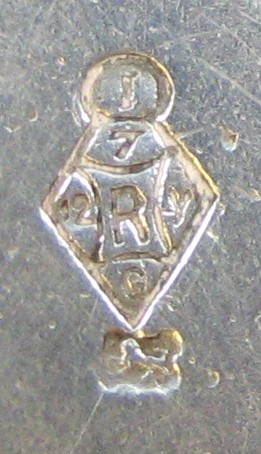
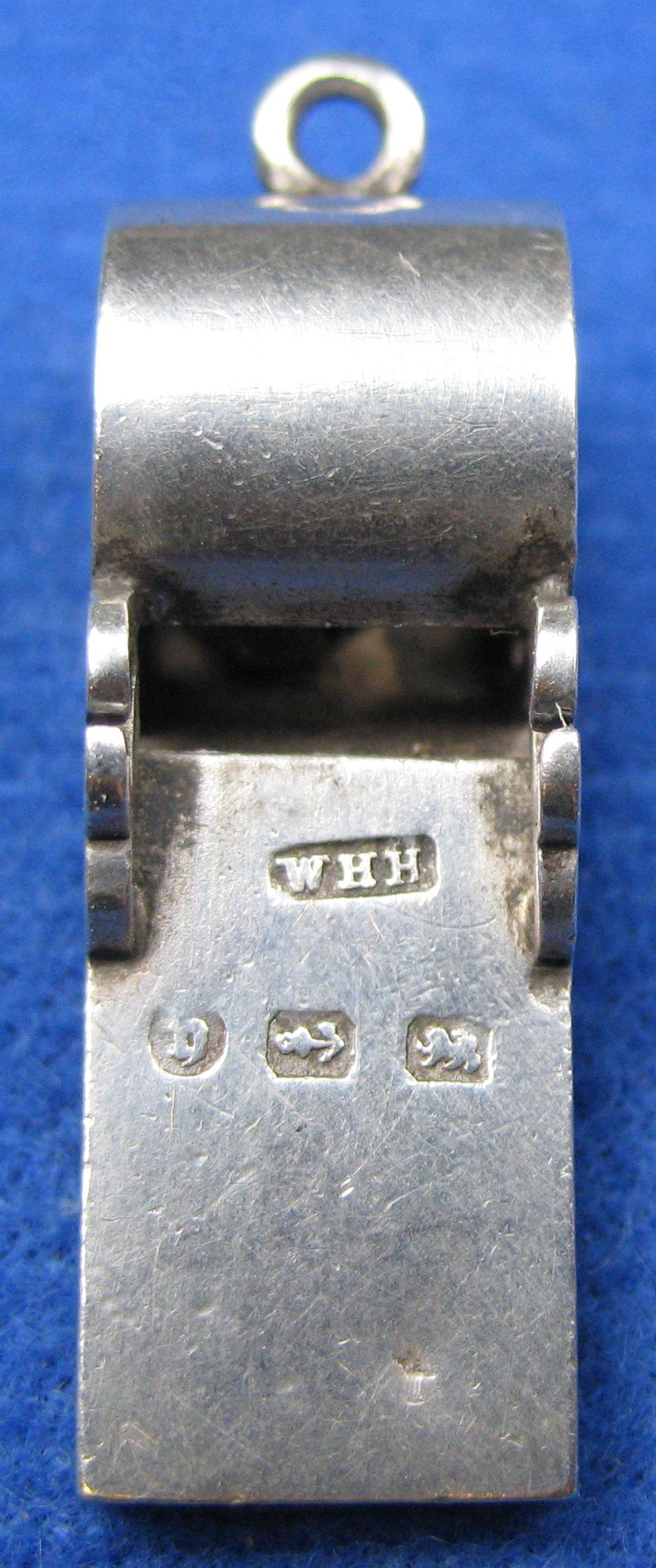
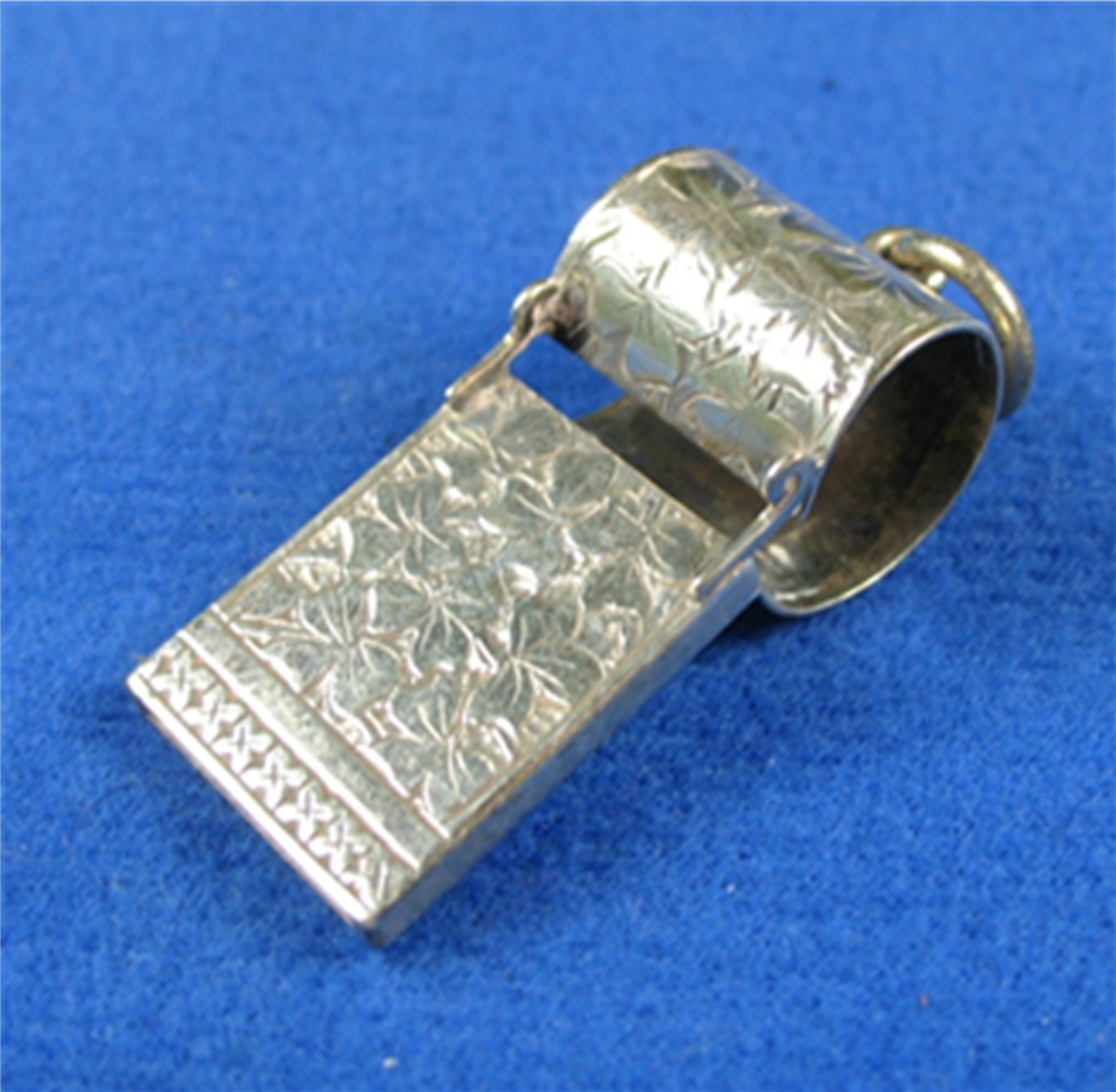
S. Blankanese dated to 1892
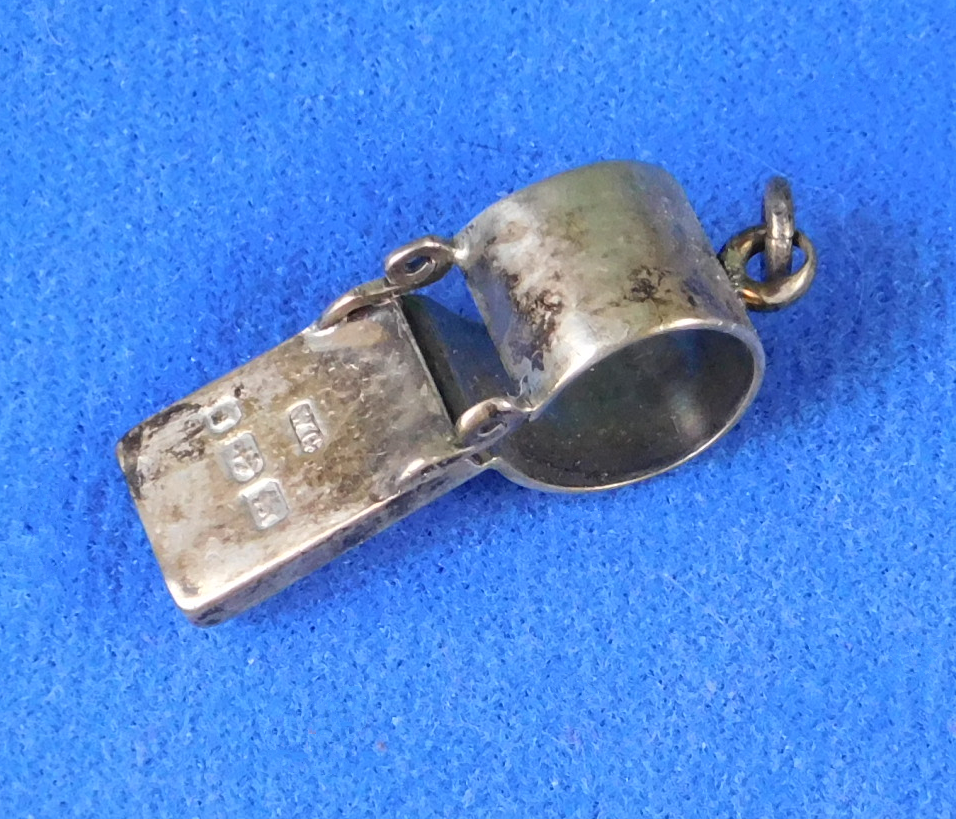
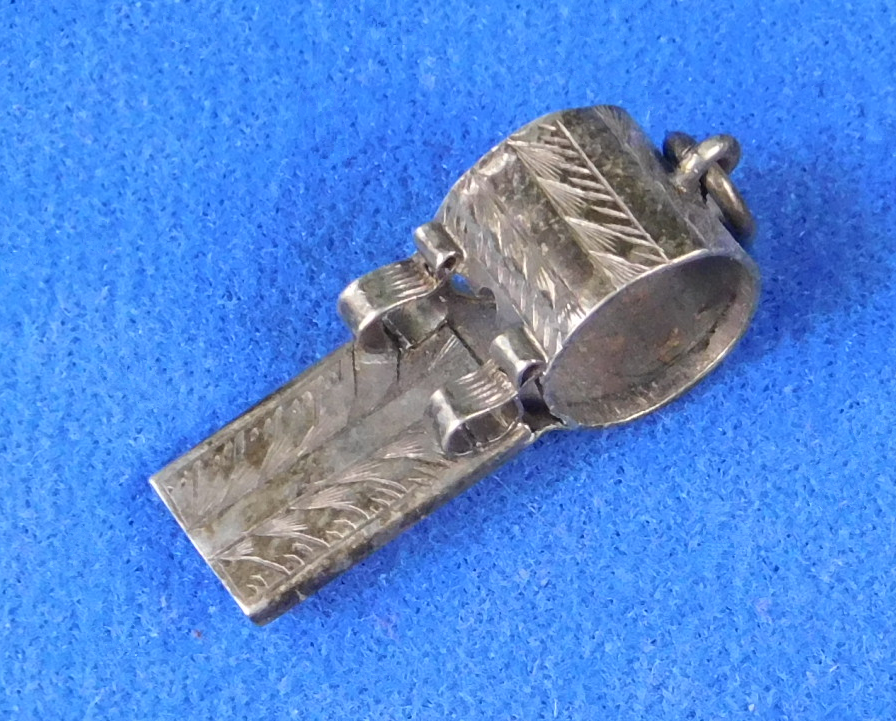
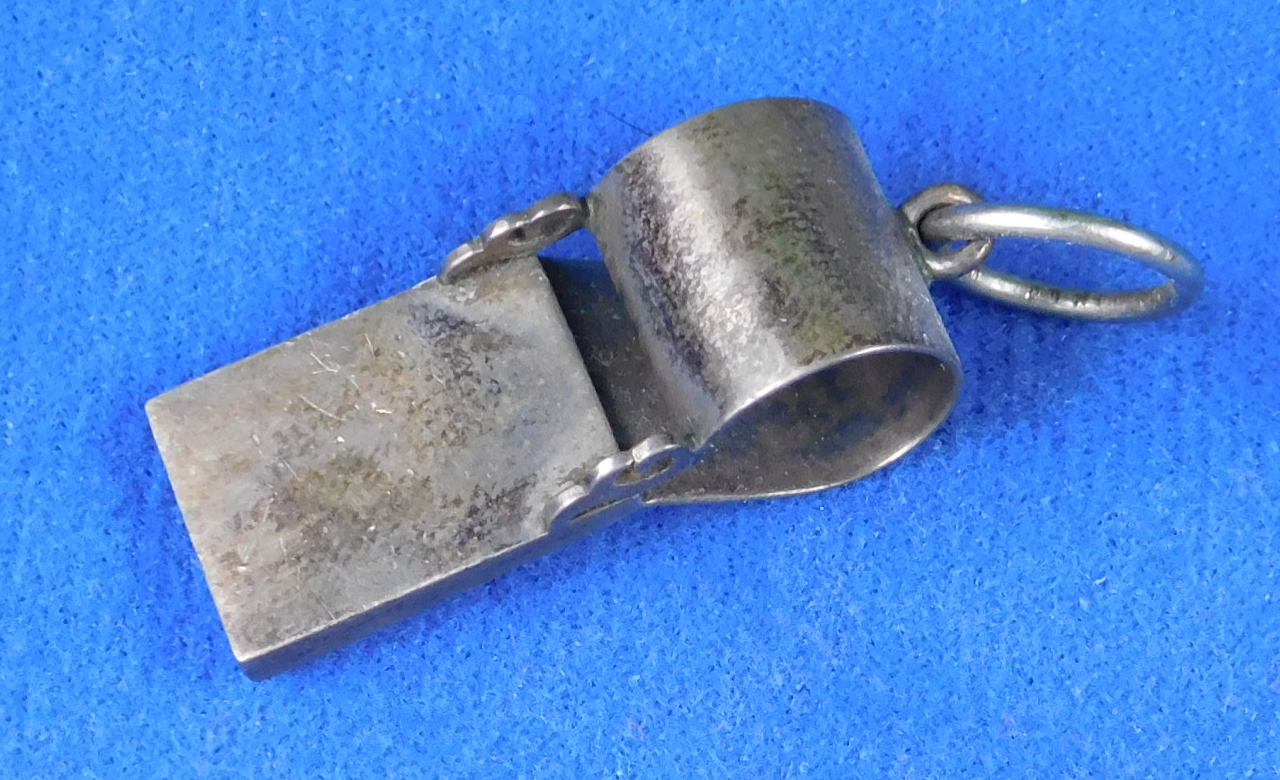
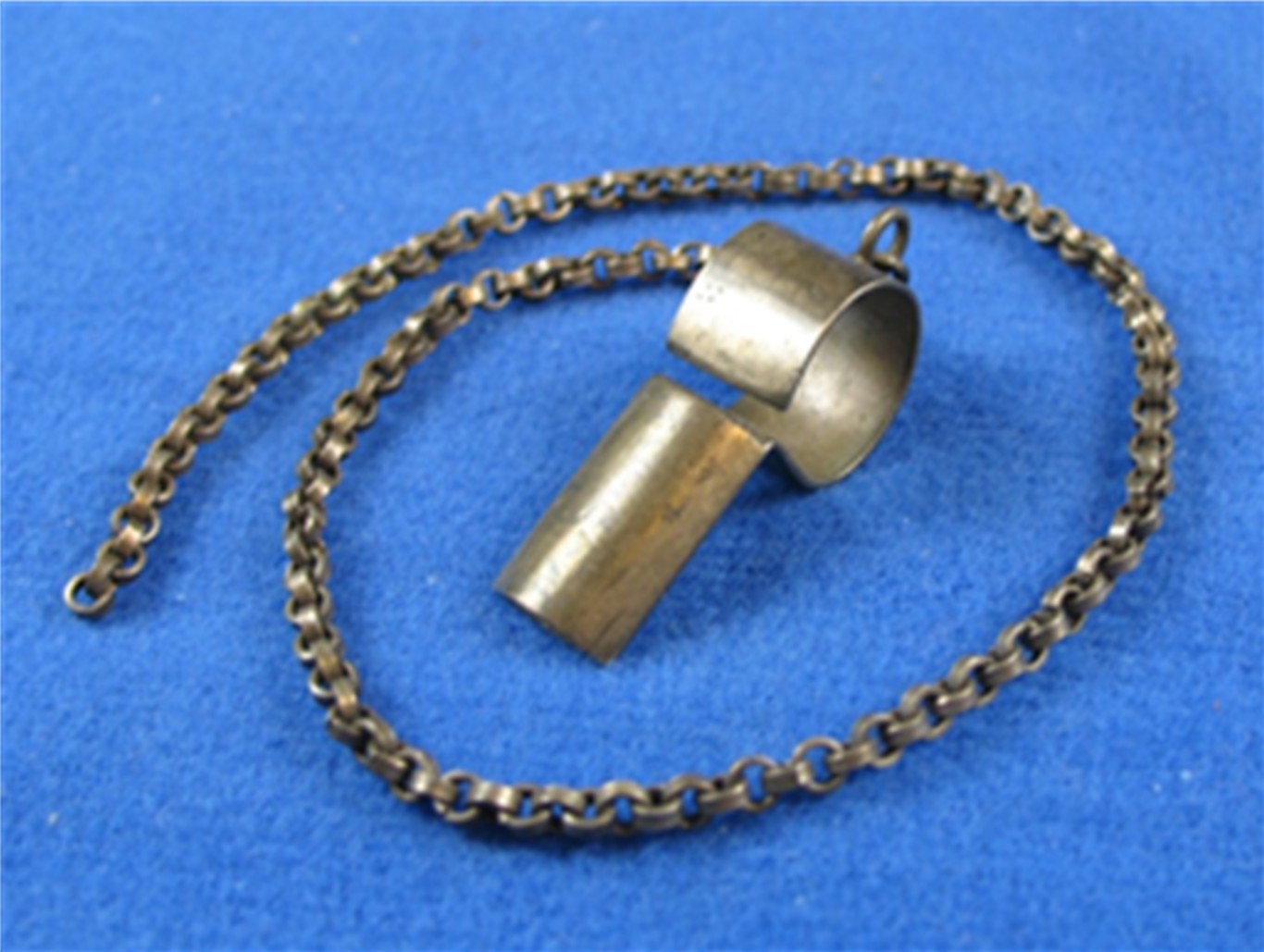
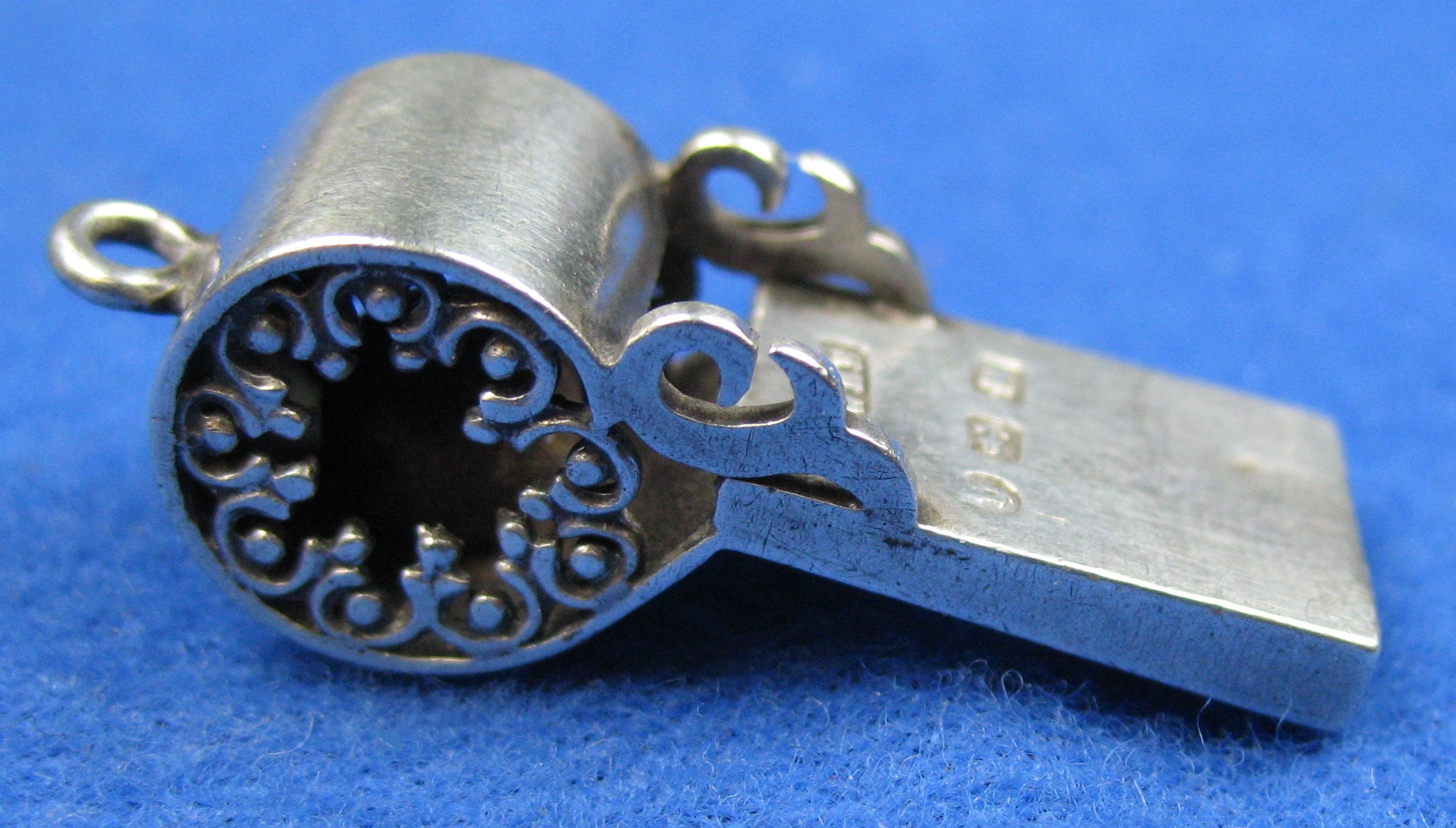

- Hallmark only
- Hallmark one side, lozenge reverse side
- Same
- Hallmart only
This following scrolled one here at the reference collection has an elongated mouthpiece, unusual for skeletons. It is not hallmarked and has a heavy patina. silver none the less — out of the State’s west coast of California. It has a crest engraved on the front C E . very heavy and well made.
Engraved presentation skeleton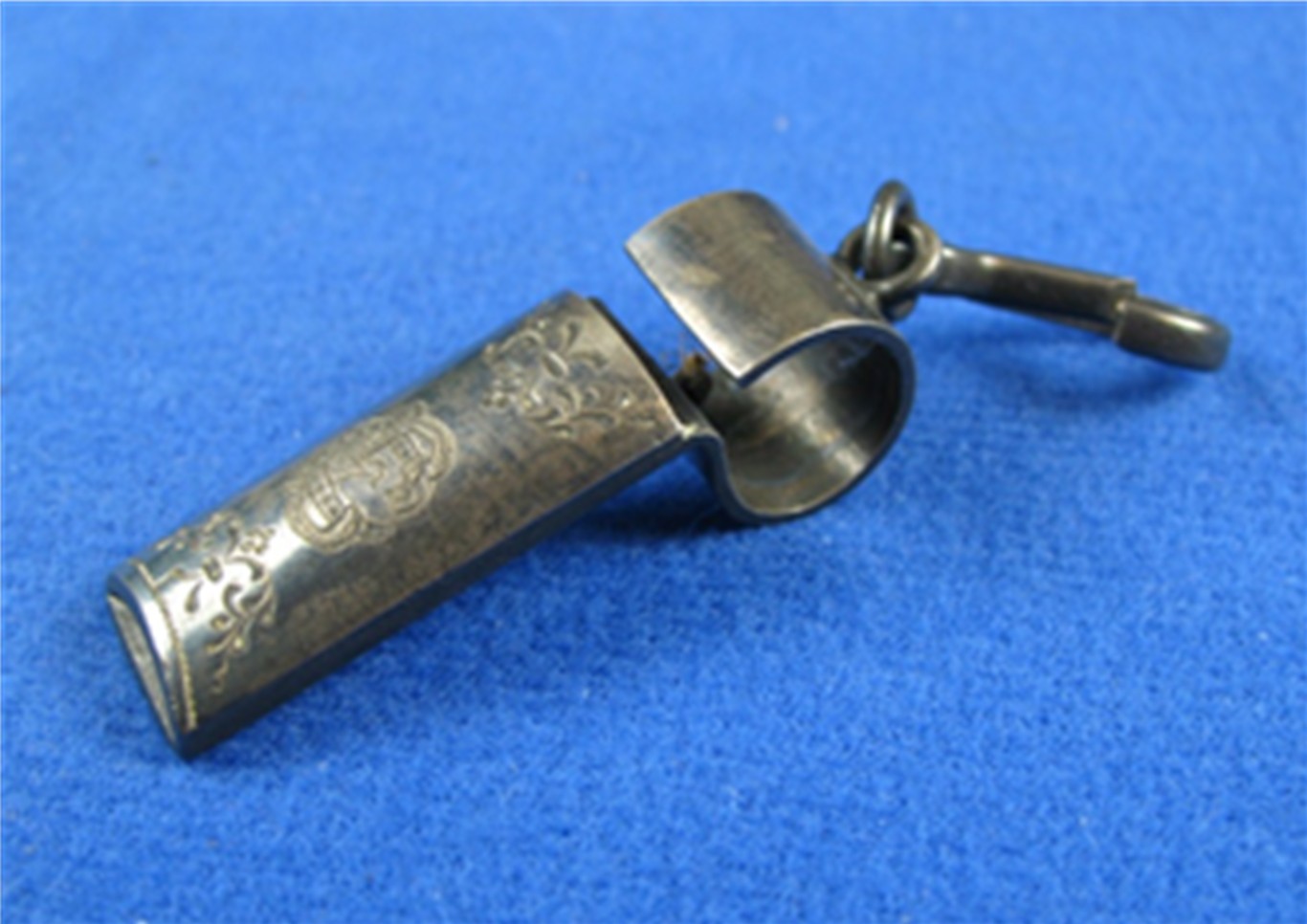
Post 1900 came the onset of advertising on skeletons, look at a large steel advertising skeleton.
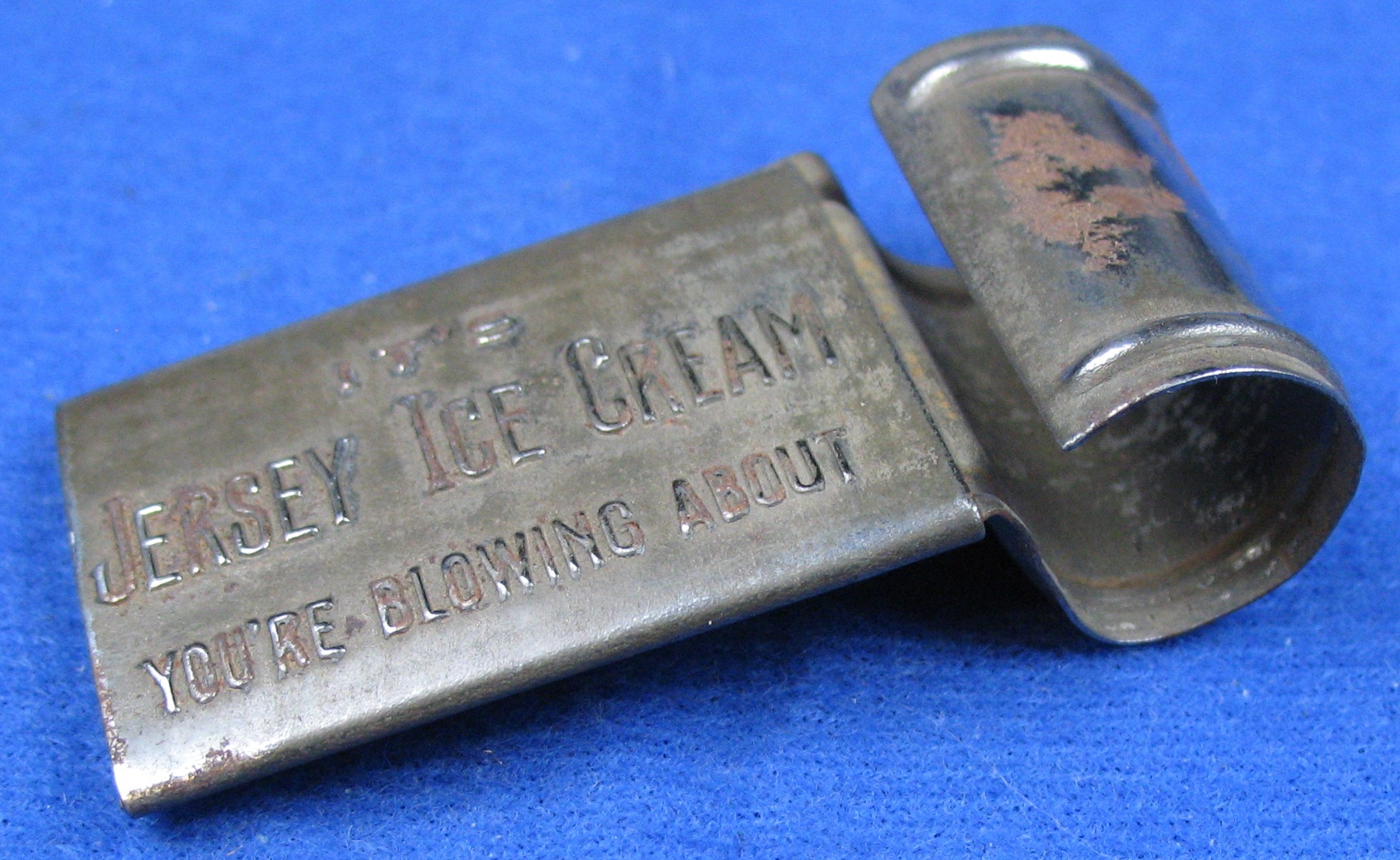
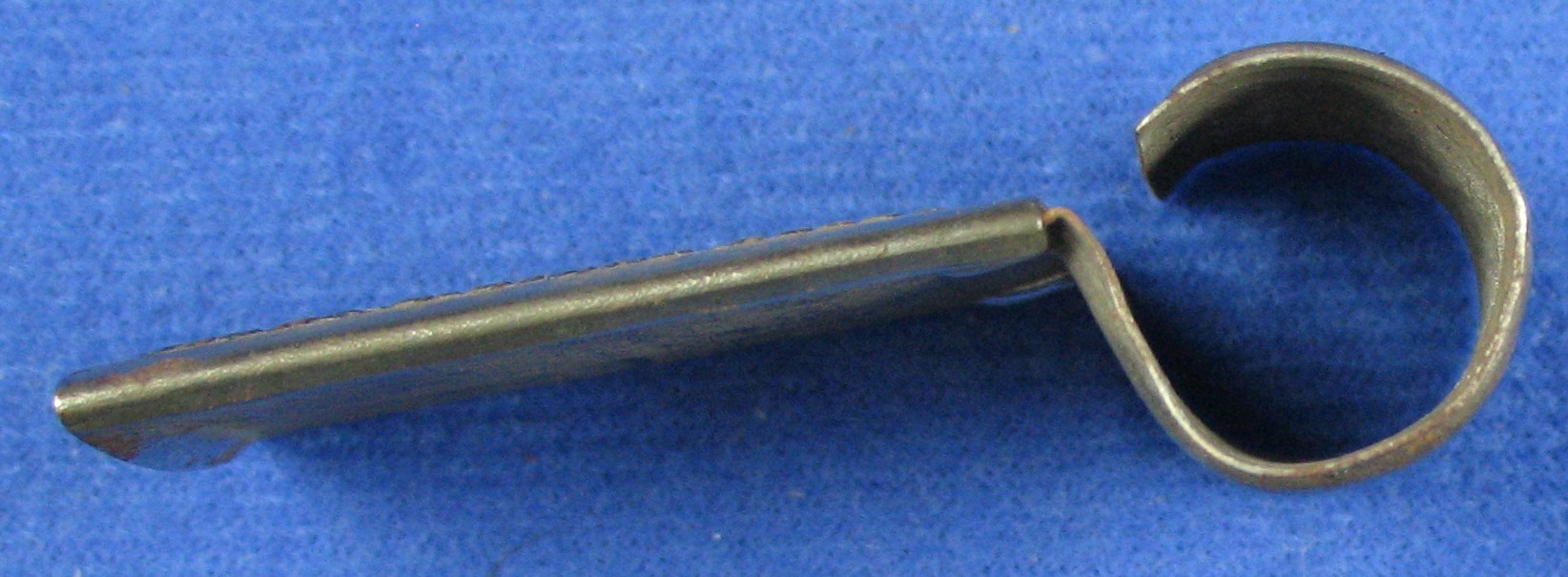
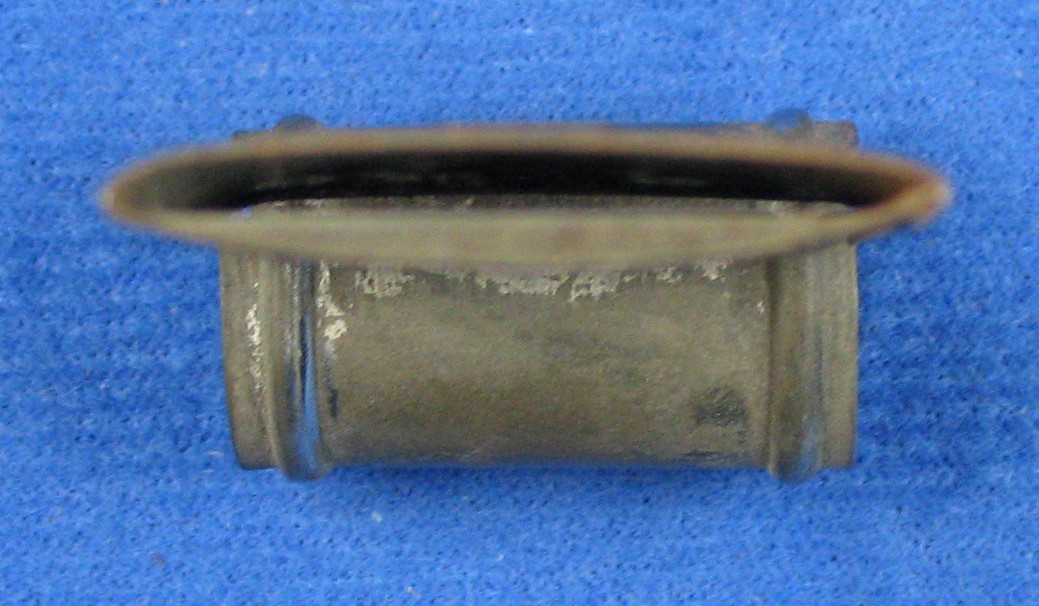
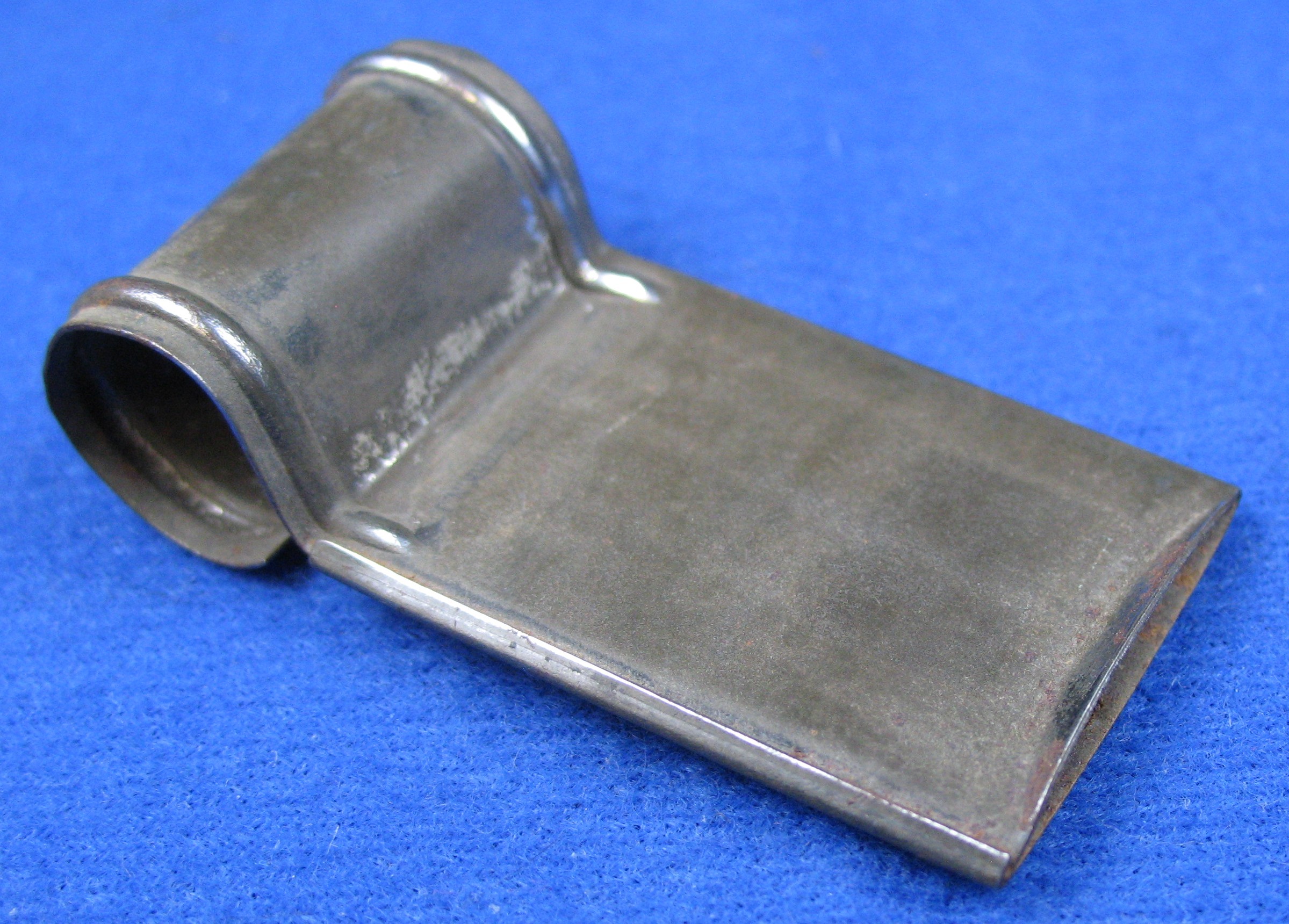
Steel model that came in several advertisement stamps – see SPOTLIGHT number 71.
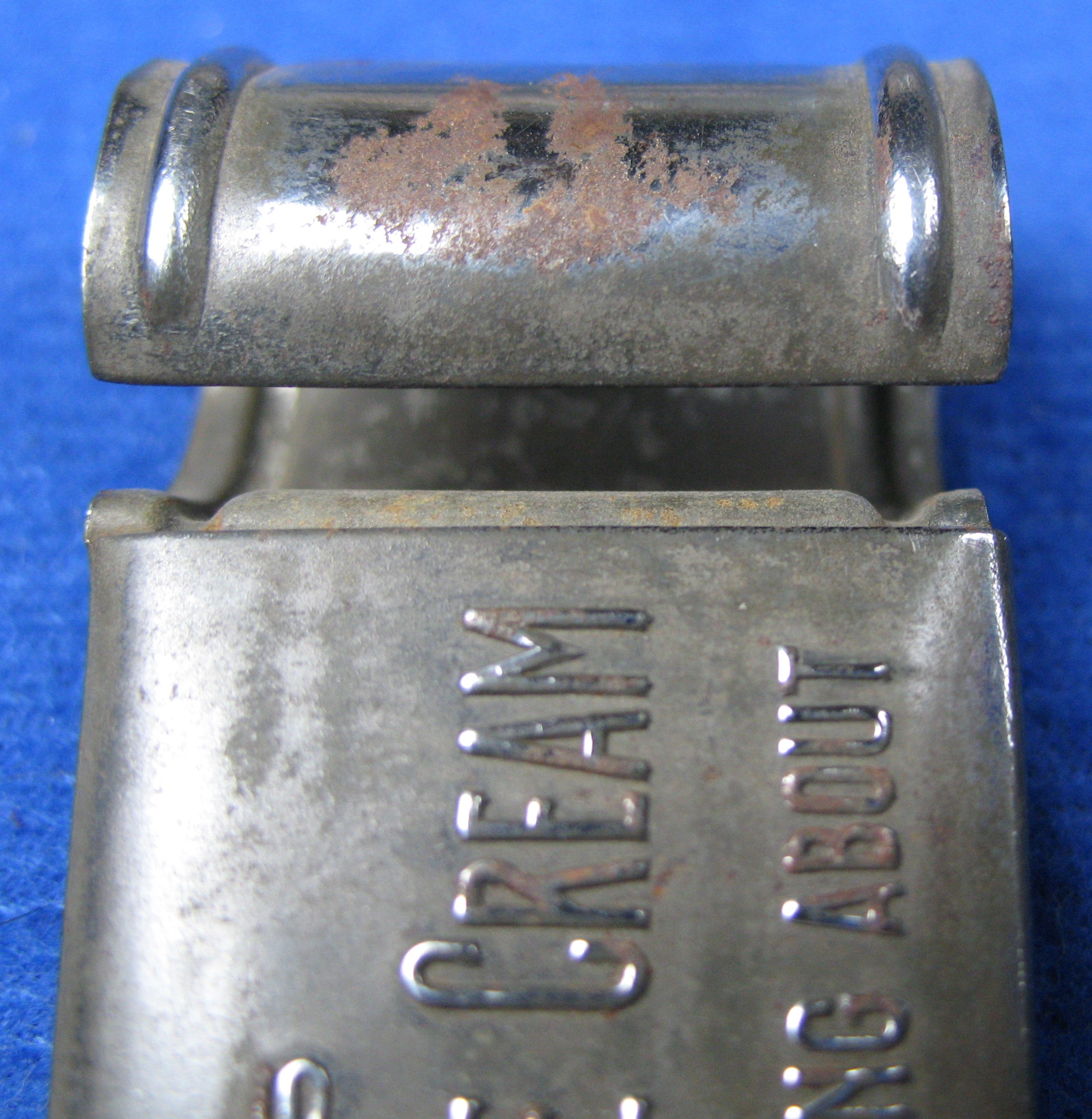
This one is quite wide for a skeleton. The sound is sharp. It will not work without completing the sides.
Perhaps about this time ( circa 1910-20 ) in France we see entry of a variation of the skeletons with an almost escargot design.
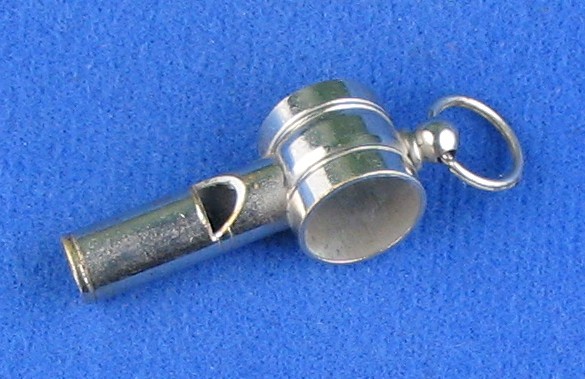
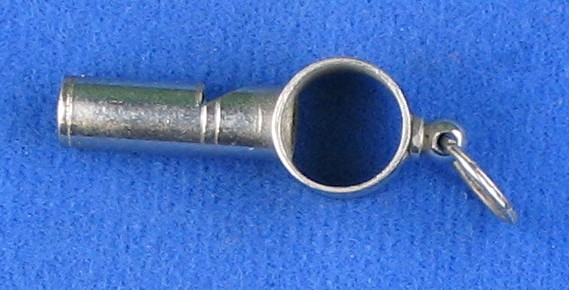
Later into the 1900s came tin litho and novelty skeletons.
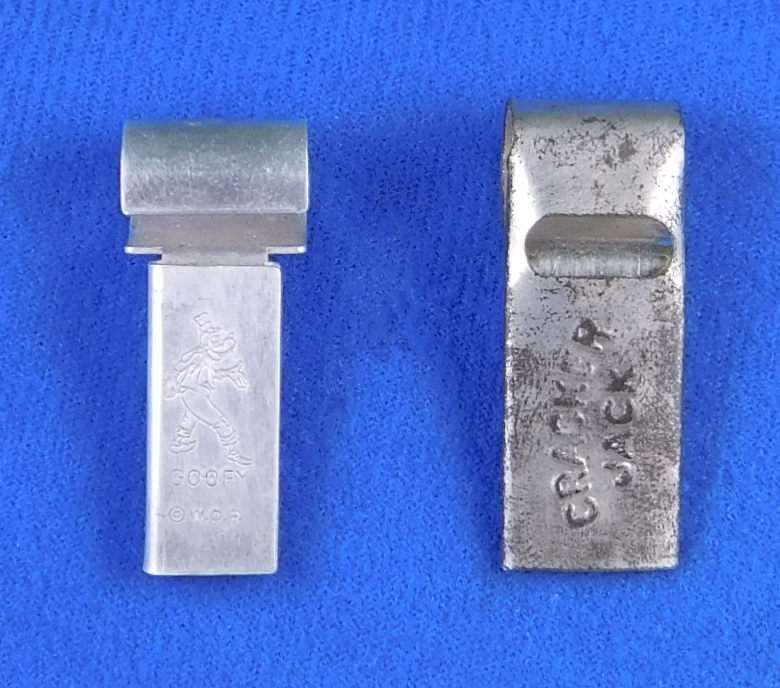
To help get a relative bearing on sizes, now take a look at some comparisons to each other and a full size escargot from the states.
You can see the typical smaller size of a silversmith’s model, the unusual, crested model and a larger steel model.
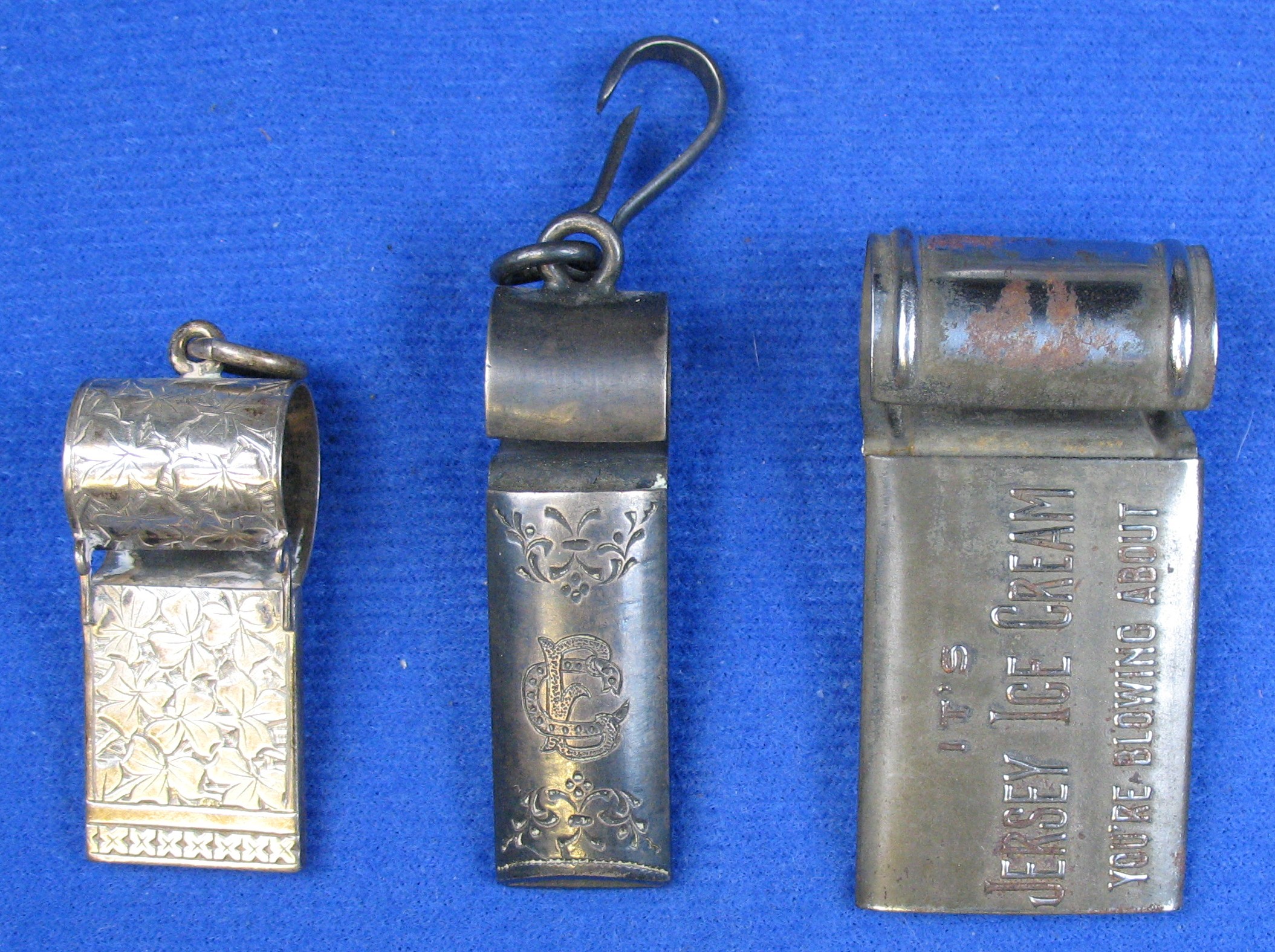
Now let’s compare to an escargot…
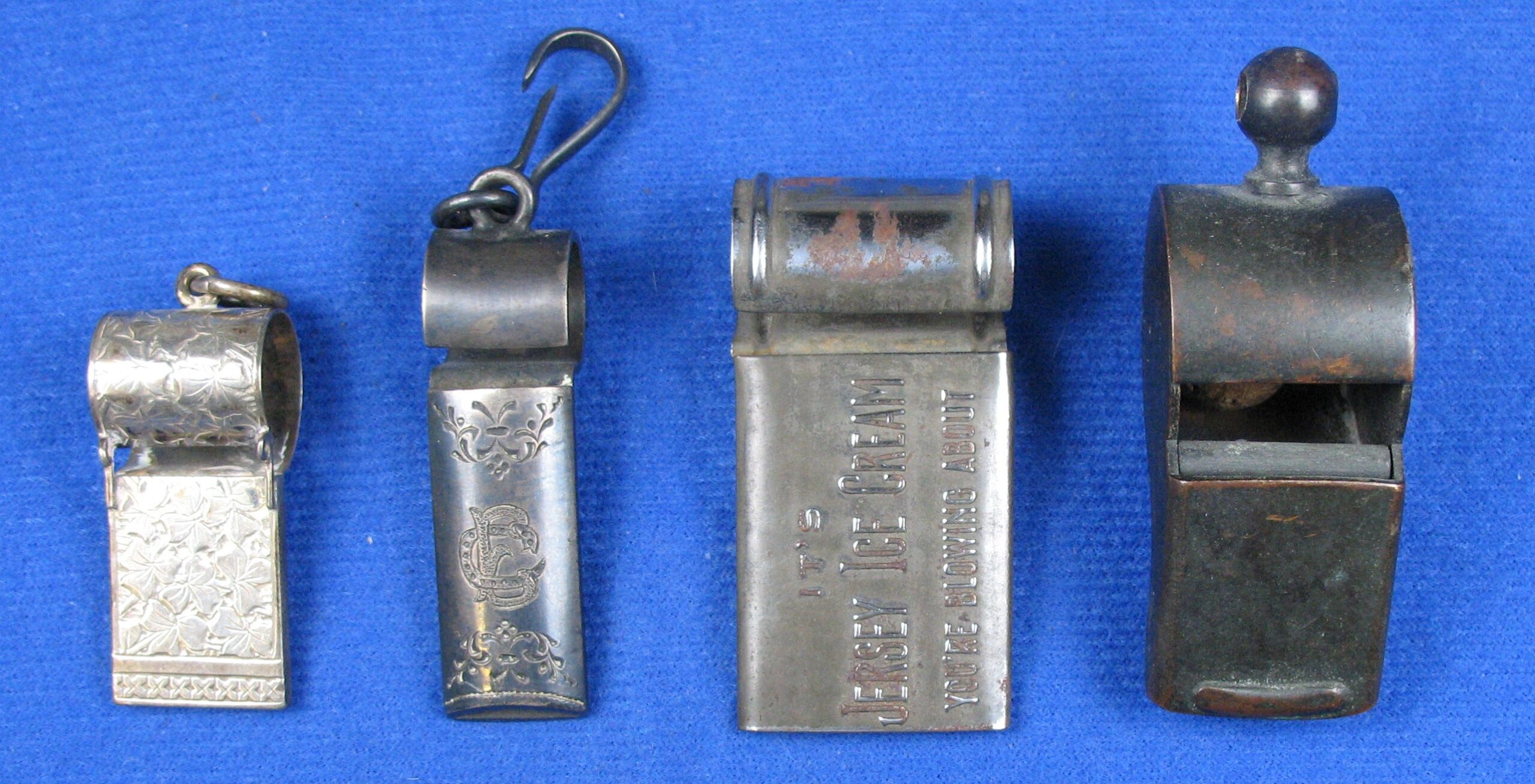
and side by side…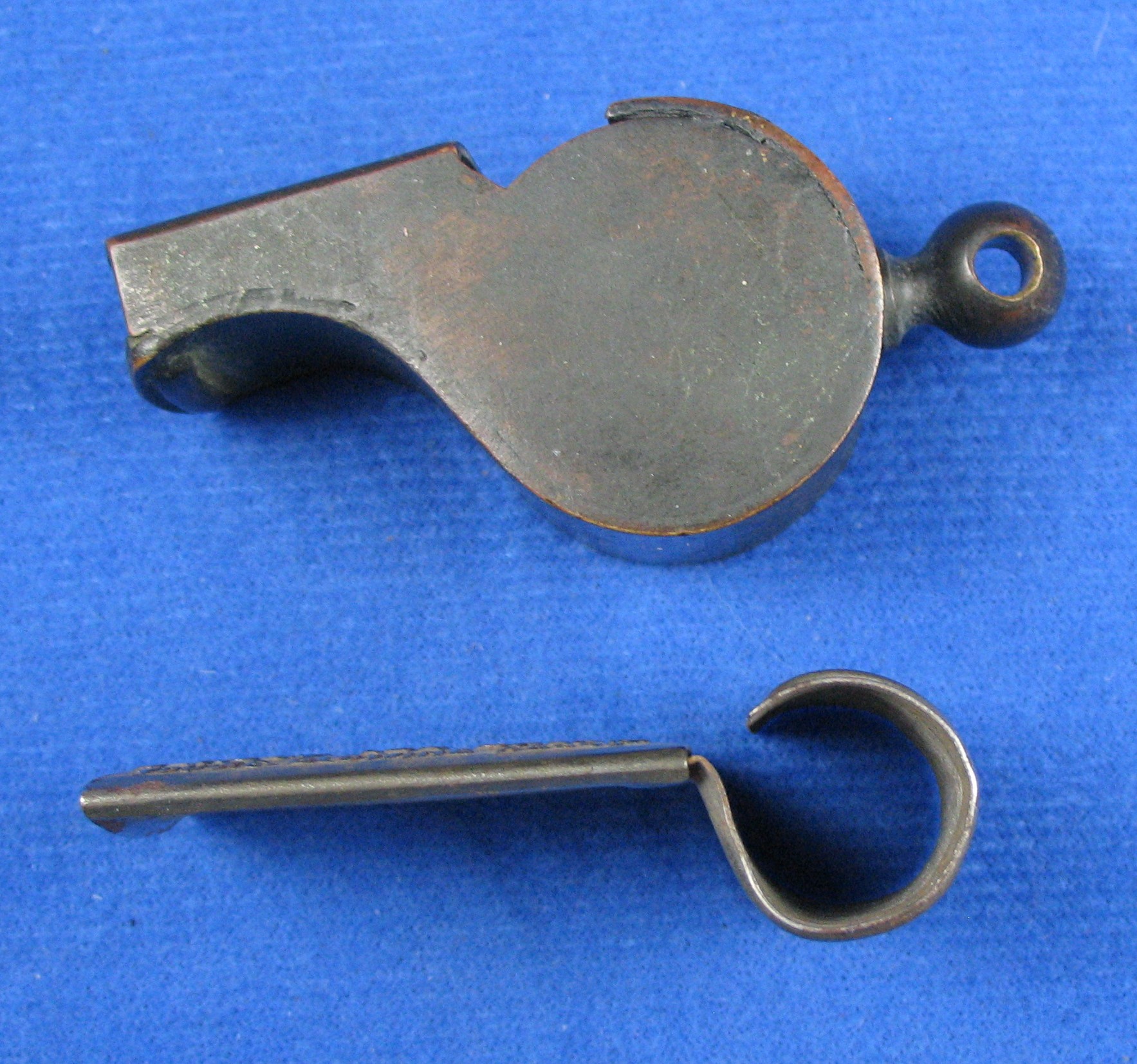
Here is another size comparison of skeletons that are almost ‘charm’ sizes, fobs for ladies’ charms to larger decorative skeletons.
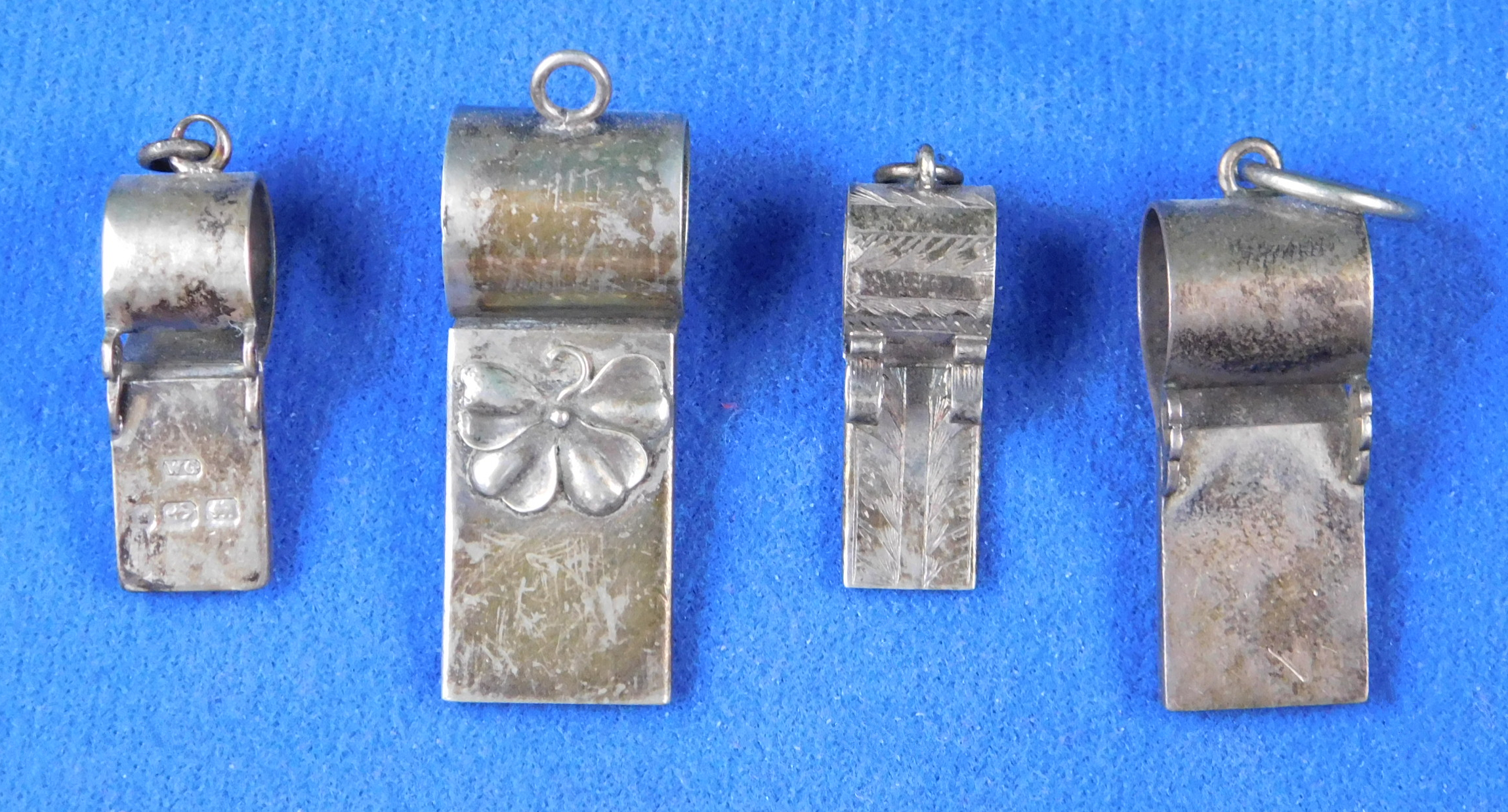
Conclusions:
Skeletons from the onset were aimed at small hands and the ladies market, with crafted and decorative silver from the mid-1850s. This changed towards the end of the century and steel models with little decoration came into use for utility and presentation.
Then skeletons moved in their timeline into cheaper steel advertising models. In the 1920s-30s we see the onset of tin litho toys and finally novelty advertising models such as Cracker Jack and Disney.
TWG
Posted April 19, 2013
Revised November 22, 20218
Revised August 16, 2020
Revised October 11, 2020
Revised February 12, 2021
Revised February 13, 2022
Bibliography:
BGI 1886 catalog
Reference collection Whistle Gallery
